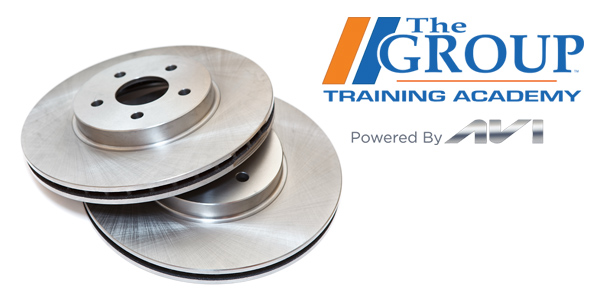CC:
If the radiator is the heart of an engine cooling system, the radiator core is the heart of the radiator. This is where the actual cooling takes place. The radiator core consists of a series of thin tubes and fins designed to maximize surface area, allowing for efficient heat exchange between the coolant and this routing air. As the engine operates, it generates heat, which is absorbed by the coolant. This hot coolant then flows through the radiator core where it’s cooled by air passing over the fins before being recirculated back into the engine. For much of automotive history, radiator cores were made from brass and copper. However, modern vehicles predominantly use aluminum cores because they’re lightweight, cost-effective, and more efficient. The design has evolved as well with most modern radiators, featuring a cross flow design in which the coolant flows horizontally, allowing for a lower hood line and better aerodynamics.
One of the most common issues with radiator cores is clogging. Over time, sediment or rust can accumulate inside the radiator, blocking the flow of coolant and hindering heat dissipation. This can lead to engine overheating. External blockages can also occur where debris, such as leaves or dirt, accumulate on the radiator fins restricting airflow. Another common issue is leaks, which can develop in the tubes or at the connections due to corrosion or physical damage. A leaking radiator can quickly lead to a low coolant level causing the engine to overheat. It’s also important to note that the efficiency of a radiator core can be compromised by using incorrect coolant types as some coolants can be more corrosive or may not offer adequate heat transfer properties. When discussing radiator cores with customers, it’s essential to highlight the importance of regular maintenance. This includes checking coolant levels, ensuring the use of the correct coolant type, and periodically inspecting the radiator for signs of leaks or external blockages.
Educating customers on these points can prevent common issues and extend the lifespan of the radiator in terms of sales opportunities. Understanding the common issues with radiator cores allows you to recommend related products. For instance, when a customer purchases a radiator, it’s an excellent opportunity to suggest new coolant, radiator, caps, hoses, and even thermostats. These additional sales not only increase revenue, but also ensure that your customer’s cooling system is fully serviced, reducing the likelihood of future issues. When installing a new radiator core, it’s essential to ensure that all connections are tight and sealed to prevent leaks. It’s also vital to properly bleed the cooling system of air pockets as these can cause hotspots and lead to overheating. Educating customers on these installation nuances can prevent comebacks and increase customer satisfaction. Thanks for watching.
This video is sponsored by The Group Training Academy.













